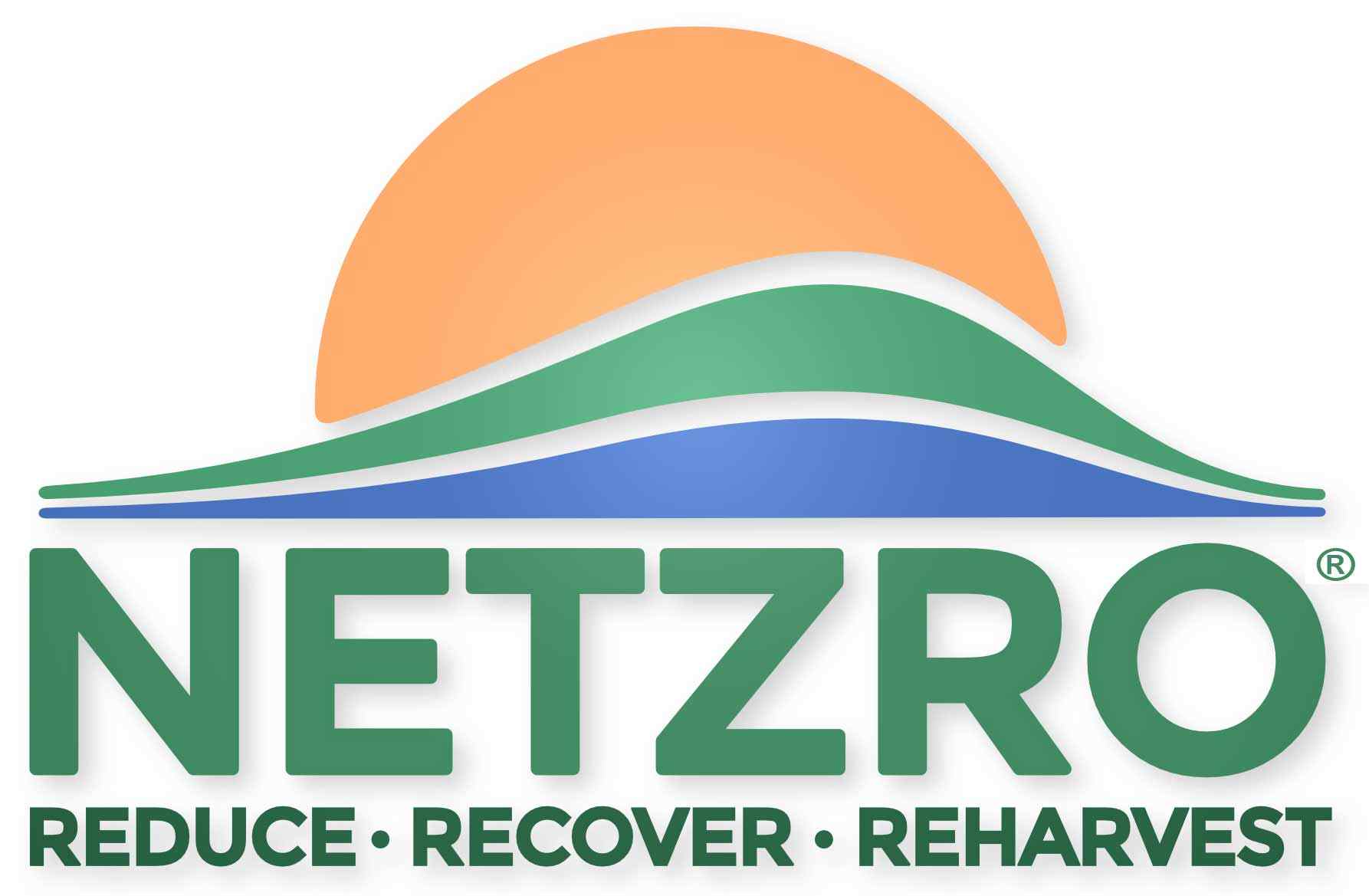REHARVEST – NETZRO’s third “R” of Upcycling
Reuse, Restore, New uses, Innovation, Functional Health
With reducing and recovering squared away, we arrive at the third and final R of food upcycling: “reharvest.” Reharvesting focuses on taking recovered food byproducts and increasing their value by integrating them into new food products. Examples of this include taking discarded parts of fruit and processing them into innovative juice blends or drying spent grain and converting it into a flour that can be used in bread, crackers, and more.
Reharvesting food contributes to a circular food supply chain, taking ingredients that have been recovered and upcycling them. Upcycling closes the loop by keeping used items out of the waste stream and converting them into products of a higher value. With food upcycling, this same process takes place while also increasing the number of people who can be fed without increasing resource use.
There are many stakeholders who benefit from this process: the farmers who waste less and can focus on new innovative crops, companies like NETZRO that upcycle food byproducts into usable ingredients, companies like ReGrained or Renewal Mill that use upcycled ingredients in their products, and consumers who get sustainable new food sources and help protect the environment in the process.
In the end, everyone benefits from food upcycling because it creates a more sustainable future for our planet. With food upcycling, less usable byproducts get wasted, more people get fed with fewer resources, and innovative new food products are created to reshape the way we grow, eat and think about food. What if the end of the food supply chain was the beginning of a new food revolution?
Sources
https://www.fooddive.com/news/upcycling-a-big-food-problem-with-a-startup-solution/556472/
https://www.foodbeast.com/news/upcyling-byproducts/
